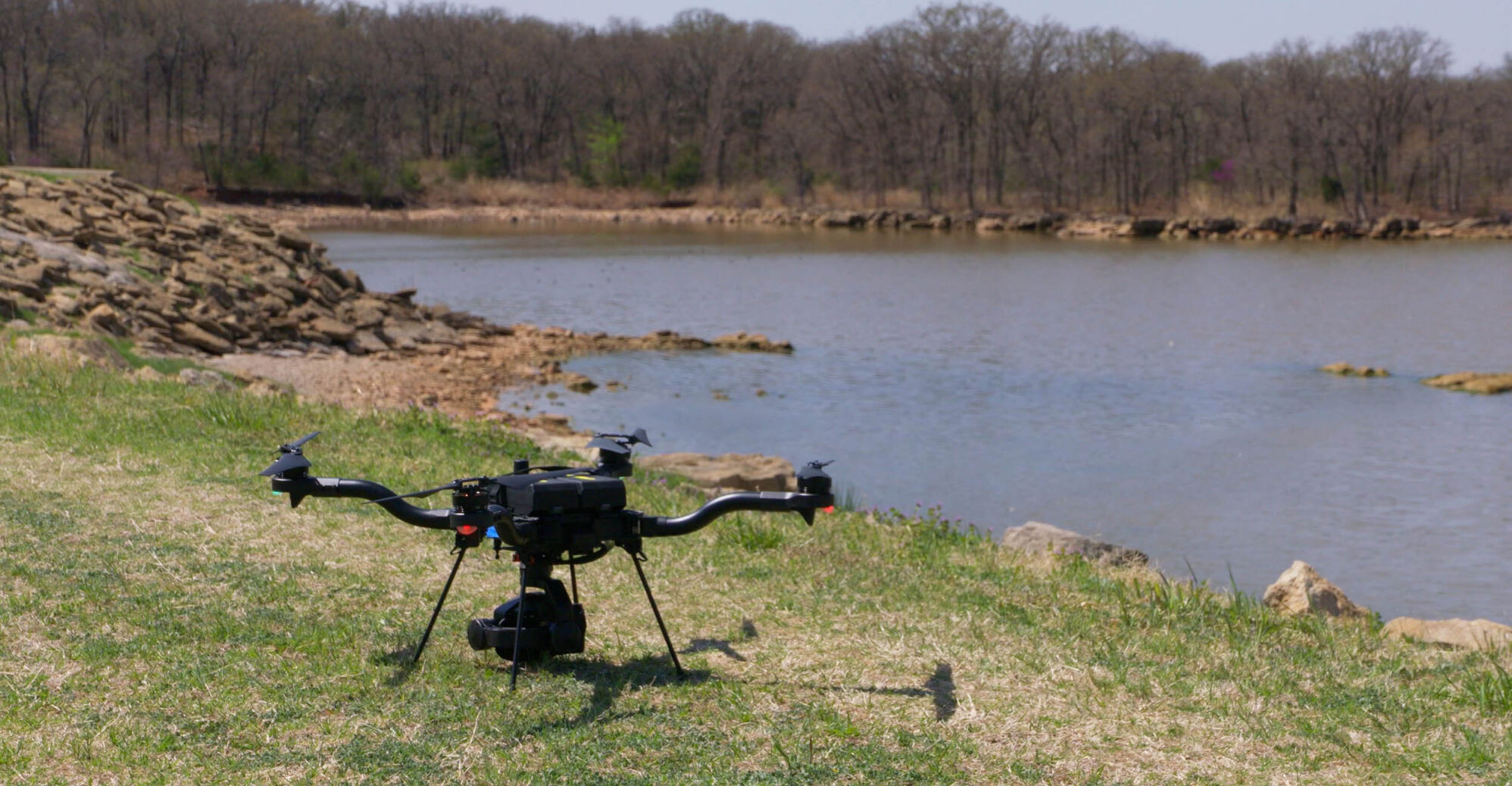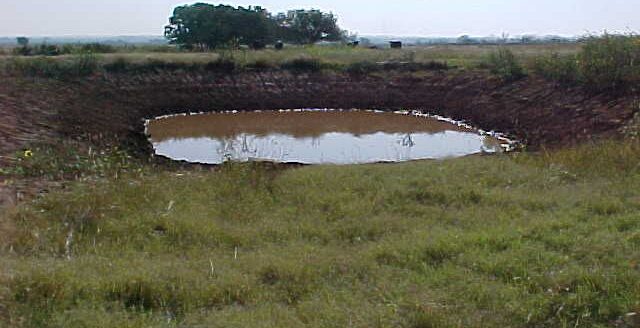One year into a five-year project to improve dam infrastructure, scientists from the U.S. Department of Agriculture’s Agricultural Research Service and the Oklahoma Water Resources Center are adding some high-quality technology to their tool bag.
Dams age and wear down over time just as buildings and roads do, and nearly 12,000 of the 22,000 dams in the U.S. are reaching the end of their planned life spans.
“These dams are still considered quite safe, but due to the number of these structures and their planned service life coming to an end, we need to be vigilant in monitoring them. It is important to develop cost-effective rehabilitation options, so we can continue to benefit communities with these structures for years to come,” said Sherry Hunt, supervisory civil engineer for the Hydraulic Engineering Research Unit with the USDA-ARS.
Why should we care about 50-year-old Oklahoma dams? Because these structures provide $90 million in annual benefits.
“These dams are located on the upper tributaries of small watersheds and provide flood protection, rural and municipal water supplies, irrigation water, healthy ecosystems and recreation and tourism,” Hunt said.
At HERU, researchers design miniature versions of these flood control dams made of natural Earth materials and run water over them or through them to see how the structures hold up under pressure from high levels of water. HERU scientists have developed many of the design guidelines for dams, and along with the help of OWRC scientists, they have spent the last year updating the tools used in evaluating and upgrading flood control structures.
HERU, the ARS Partnerships for Data Innovations, the USDA-Natural Resources Conservation Service and the OWRC kicked off the five-year project last year to develop technological tools for assessing dam erosion and stability. These tools include artificial intelligence, drones and smart phone applications.
An American-made drone called Goose has been flying over Oklahoma dams capturing images of the dams and their surroundings to create 3-D models that can be analyzed to determine potential safety issues. In addition, the technology will be used to conduct post-forensic investigations if a dam were to fail or suffer from other incidents.
“That’s a big part of this project—developing all the infrastructure and techniques for monitoring and inspecting these dams more frequently using modern technology and getting that data into the hands of people who need it,” said Kevin Wagner, OWRC director.
These technologies look at a dam’s vulnerabilities, such as sedimentation of the reservoir, water spilling over the top of the dam and auxiliary spillway erosion. Other tools will be used to assess principal spillway pipes that route water through the dam and whether corrosion of pipe materials allows water to carve paths of erosion within the dam.
Scientists have been testing these technologies on three Oklahoma dams this summer, and they anticipate adding another drone to the project by the end of the year. Another aspect of the project is creating a cloud-based storage system for the sensor data collected and making it available to researchers and decision makers on a continuous basis. Researchers are also developing an app to go with the cloud system as a streamlined way of viewing the data.
“These technologies will be implemented in the coming years,” Hunt said. “It will take some time to test the technology, write standard operating procedures and analyze data for the development of decision support tools, prediction models and applications for a vast array of end-users, such as dam owners and managers, farmers, producers, emergency managers and numerous others.”


